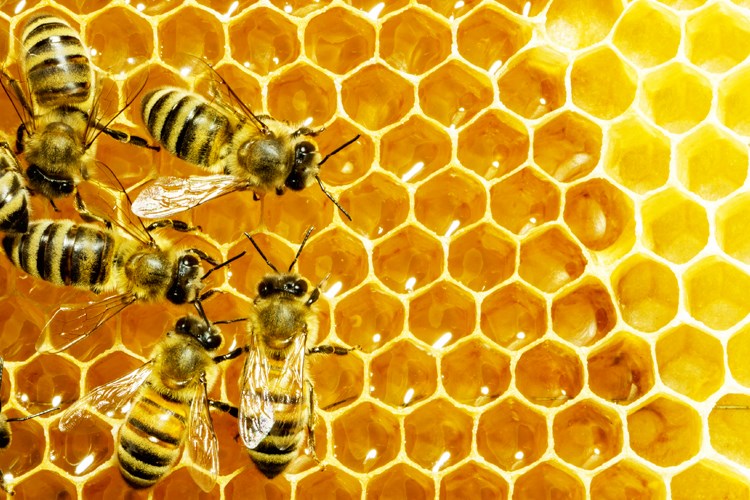THUNDER BAY – It’s beginning to look a lot like spring outside, which means that our pollinating friends, such as hummingbirds, bees, butterflies, moths, beetles and ants, are getting ready to fertilize our luscious green spaces once again.
The Nature Conservancy of Canada urges people to take the next step with a more lasting way to connect with nature close to home.
Starting in the United Kingdom, “No Mow May” is now picking up steam in Canada. The objective is a call to help wild pollinators, and other wildlife in the greenspaces flourish and promote new growth. With habitat loss and degradation as the primary cause of wildlife decline, the not-for-profit land conservation organization suggests keeping lawnmowers in the shed for May.
Samantha Knight, Nature Conservatory of Canada’s national conservation science manager, says the actions community members take close to home can help some wildlife populations improve the health of urban ecosystems and foster our connection with nature.
“We often think of the spaces where we live as separate from nature, but they are an integral part of the ecosystem,” says Knight. “The plants we choose to grow will have a significant influence on the diversity and abundance of native wildlife. Native trees, shrubs and wildflowers support a greater diversity of pollinators and other insects than traditional horticultural plants and are an opportunity to learn about local biodiversity.”
Therefore, instead of cutting the mulch leftover from last fall or trimming up lawns for the spring planting season, it is best to let it grow for pollinators to spread the best nutrients around the neighbourhood.
This doesn’t mean the public can’t cut their lawns. The Nature Conservatory of Canada suggests leaving a designated small patch of grass uncut.
“Spending time in nature is good for our physical and mental health. Planting native gardens invites nature in and offers refuge for local wildlife. It’s a good way to connect to nature, get the whole family involved and watch the fruits of your labour flourish,” said Knight.
Additionally, with about 80 per cent of Canadians living in urban settings, what people plant in their yards and on their balconies can benefit other plants and animals that share our neighbourhoods.
Here are some tips and things to consider when planning your wildlife-friendly garden or balcony:
- Find out what kind of soil and natural plant communities exist in your area. This will give you a better idea of the native plants that should thrive in your garden. To find a native plant society near you, and to learn about the species native to specific parts of Canada, visit the Canadian Council on Invasive Species’ Be Plant Wise program: https://canadainvasives.ca/programs/be-plant-wise/
- Ask your garden centre staff or native plant supplier about where their plants are grown. Many nurseries import plants from hundreds or even thousands of kilometres away. While they may carry the species you are looking for, the selection (if imported) may not be hardy for your backyard conditions. It is best to find a nursery that can guarantee that its native plants have been grown locally.
- Native plants evolved alongside wild bees, butterflies and other species. As a result, they provide better habitat than ornamental varieties do. Ornamental plants are often bred to enhance their aesthetic traits rather than their nutritional value to pollinators or other wildlife.
- Invasive species crowd out native ones and can hinder the native plants you are trying to grow. To find out which plants to avoid, visit the Nature Conservancy of Canada’s website or your provincial invasive species council for information. You can also download the free iNaturalist app to help identify what is already in your yard. For details on some commonly found invasive species, visit natureconservancy.ca/en/what-we-do/resource-centre/invasive-species/
Visit Nature Conservancy of Canada's Small Acts of Conservation for more inspiration and ideas to help nature in your yard, lawn, or cottage area. https://act.natureconservancy.ca
